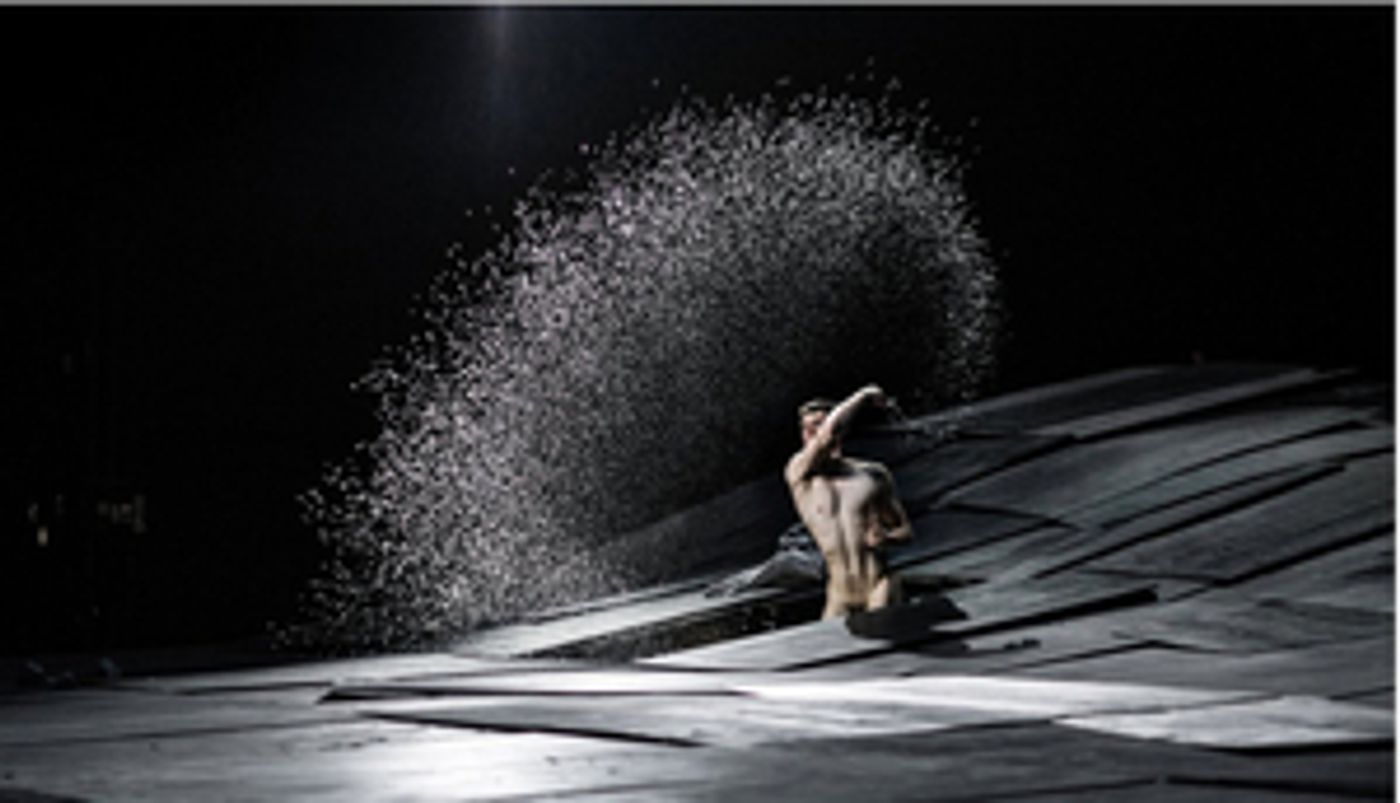Review: THE GREAT TAMER at BAM

Throughout The Great Tamer, choreographer Dimitris Papaioannou makes his audience witness violent absences, ponderous stillness, and tender presence. The entirety of the human experience, from sublime to mundane, and from the curious to the apathetic, finds space on the stage. All of these events yearn for human connection and charm with a witty human touch. While The Great Tamer lacks the symphonic seamlessness of its inspirations-Wilson and Bausch-it leaves me wondering if the whole is greater than the sum of its parts, as the surrealist menagerie on stage sets the imagination spinning.
An aesthetic mix of Magritte and Kafka, many of Papaioannou's images haunt and charm in equal measure. Like Bausch, Papaioannou's dance vocabulary mostly consists of raw or pedestrian movements that are made extraordinary by scenic elements. At its best, these images succeed both as plastic abstraction and as powerful metaphor. A woman enters like a caryatid. She later ponderously looks at a reflecting pool as dancers sheath arrows, which previously fell like rain onto the stage, into her wicker basket, rendering the arrows into wheat. Is she a mother, death, Demeter, Persephone? She is an archetypal mix. In another moment, dancers enter in space suits, digging into the stage to dissenter a body. These images, at their best, come like waves, folding in on one another. Some images stand out as less hypnotic, turning the audience's reverence into a more plastic appreciation of dance. These events undermine the efficacy of the composition, but Papaioannou's artistic statement holds its eloquence nonetheless.
The dancers are unquestionable masters of their craft; their bodies coexist as extensions of puppetry and casual executors of human movement. Tina Tzoka's set could simply be considered an icon of contemporary dance. No matter how much it is manipulated, it stays the same blank slate wave the audience encounters at the very beginning. Constant dancer maneuvering of its monochrome boards ultimately does little to change its appearance. The features remain more or less the same, but discoveries and insights are continually revealed. Aggelos Mendis's costume design offers freedom for creativity and speaks to the Greek heritage of the work, without leaning toward patronizing kitsch. Evina Vassilakopoulou's lighting design deals in subtle but riveting chiaroscuro landscapes. There is an overcast haze on the work, but it never becomes brutally cold. When dealing with enhancing the practical and material sounds on the stage, Kostas Michopoulos's design is brilliant. Stephanos Droussiotis's imaginative recreations of Strauss's "An Der Shönen Blauen Donau," fade in and out of the performance, giving a compositional unity.
From the dancers, there is often shock, horror, and release in the face of near-constant brutality, yet there is an inviting lack of self-pity. In the final image, a dancer breathes a piece of foil afloat in the air, as a skeleton is revealed. The skeleton is poured out and its skull placed upon a book, next to two pieces of fruit. We are confronted with tangible evidence of universal mortality. The dancer continues to keep the foil afloat. What is he doing? How is he wasting time like this, knowing death is inevitable around any corner? Then again, is this a waste of time? If the essence of human accomplishment is attaining human connection, is this his holiest and most enviable achievement? The Great Tamer is a memento mori for our time. It is a reminder that death and the dead are the exclusive burdens of the living, and what we do with those stakes illuminate the nature of who we are.
Reader Reviews

Videos

